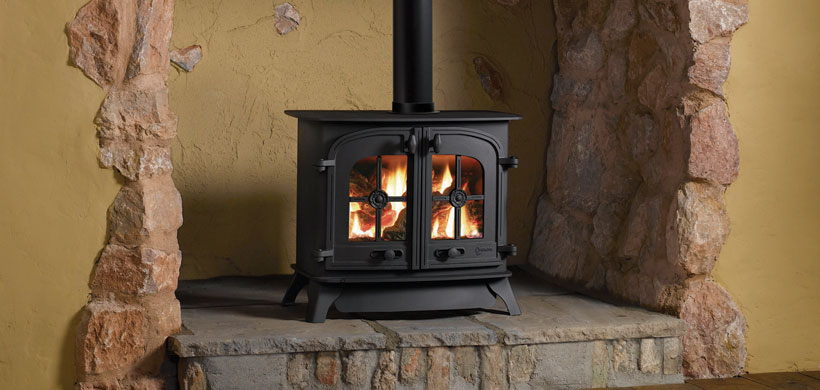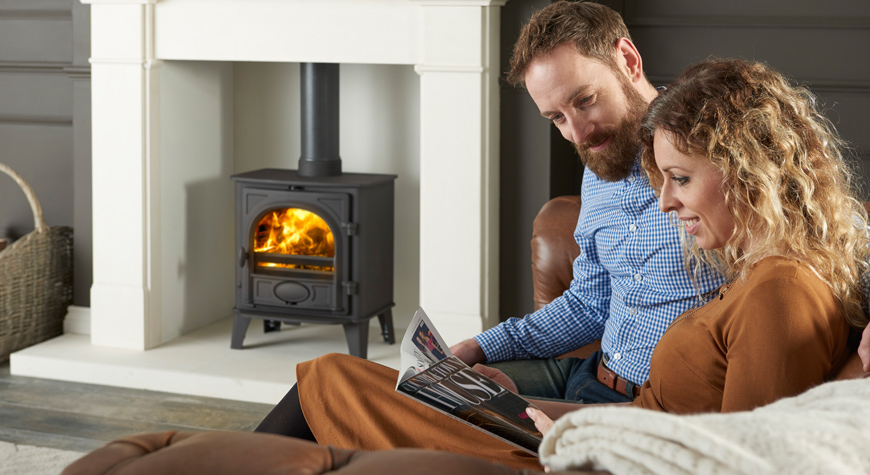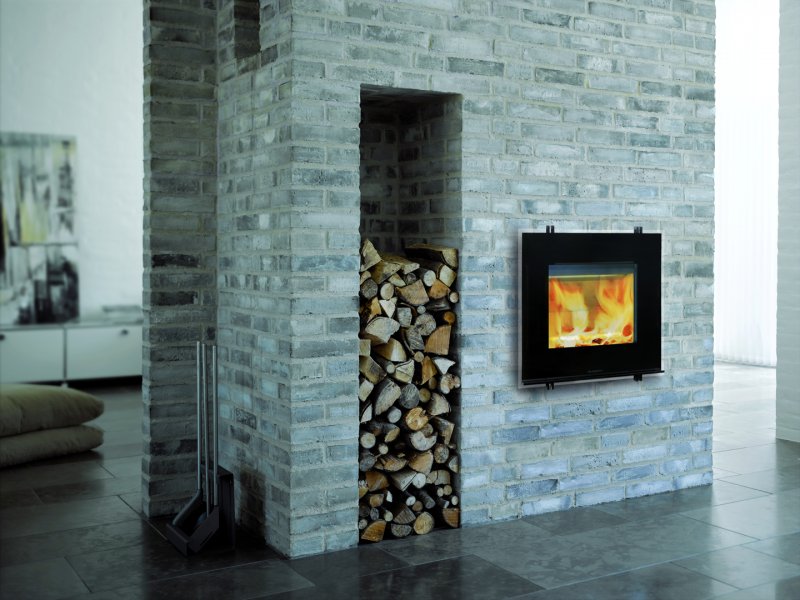The wood-burning stove we see today is very different to that of 10 years ago and almost unrecognisable from those on the market 20 years ago. There have been some monumental changes in the wood-burning stove industry and new technology is now coming to the fore. However, there are still some simple ways in which you can maximise heat output and ensure as little energy as possible is wasted.
Only burn seasoned wood
Only seasoned wood with a moisture reading of less than 20% should be used with your wood-burning stove. It may be tempting to use cheaper more moist fuel but not only will this reduce the output from your stove but it can also create a tar-like material which can impact the flue and the stove itself. You might think you are saving money by getting substandard wood but you will eventually pay the price. Those who live in the countryside may have the option to acquire what is known as “green wood” and season this over a prolonged period of time but others may be forced to buy pre-seasoned wood.

Avoid treated wood castoffs for greater efficiency
If you have friends who use wood-burning stoves there is every chance that one of them will burn treated wood castoffs as a means of saving money and “getting rid of rubbish”. This is a very dangerous option because not only will the paint or other wood treatment reduce the heat created by the stove but it can also produce potentially toxic gases when burned. So, while it may be tempting to use “wood castoffs” to save on your wood fuel bill you could literally be playing with fire and the potential creation of toxic gases.
Ensure your fire bricks are intact
Fire bricks can be made of clay, vermiculite and steel/cast-iron in some circumstances. In effect the fire bricks ensure that the heat created in the combustion chamber does not escape, and is reflected back inwards, to be circulated around your stove in a controlled manner. If any of the fire bricks are damaged in any way this will reduce their efficiency and heat will escape from the combustion chamber. Due to the level of heat created by the modern day wood-burning stove, any cracked fire bricks can result in damage to the outer casing which could in certain circumstances be beyond repair. The higher the efficiency of your stove the better.
Add a back boiler
There are a number of stoves available today which include a back boiler that effectively hooks up to your hot water system and creates all of the hot water you require. You would need a larger stove to create sufficient heat and pressure but if installed and used correctly they can lead to great savings on traditional heating systems. Sometimes it is difficult to believe that the largest of modern day wood-burning stoves can quite literally fulfil all of your hot water requirements but that is where we are today – improvements in technology have made a massive difference.

Check regularly for damage and cracks
On their own a cracked firebrick, damage to the front glass or door installation may seem pretty irrelevant but put them together and they can make a massive difference to the efficiency of your stove. The vast majority of stove spare parts are relatively cheap compared to the long-term savings your wood-burning stove will create. It is extremely easy to replace fire bricks, you can buy branded or unbranded glass for the front of your stove and repairing the door installation could not be easier. Gone are the days when it was cheaper to buy a new stove rather than repair one, the modern day stove is built to last and the stove spares market is enormous.
If you think of every crack and uninsulated gap as a means by which heat can escape from your stove in an uncontrolled manner, you will soon get an idea of how much these simple repairs can impact efficiency. A new firebrick or door installation will make a difference which you will feel immediately.

